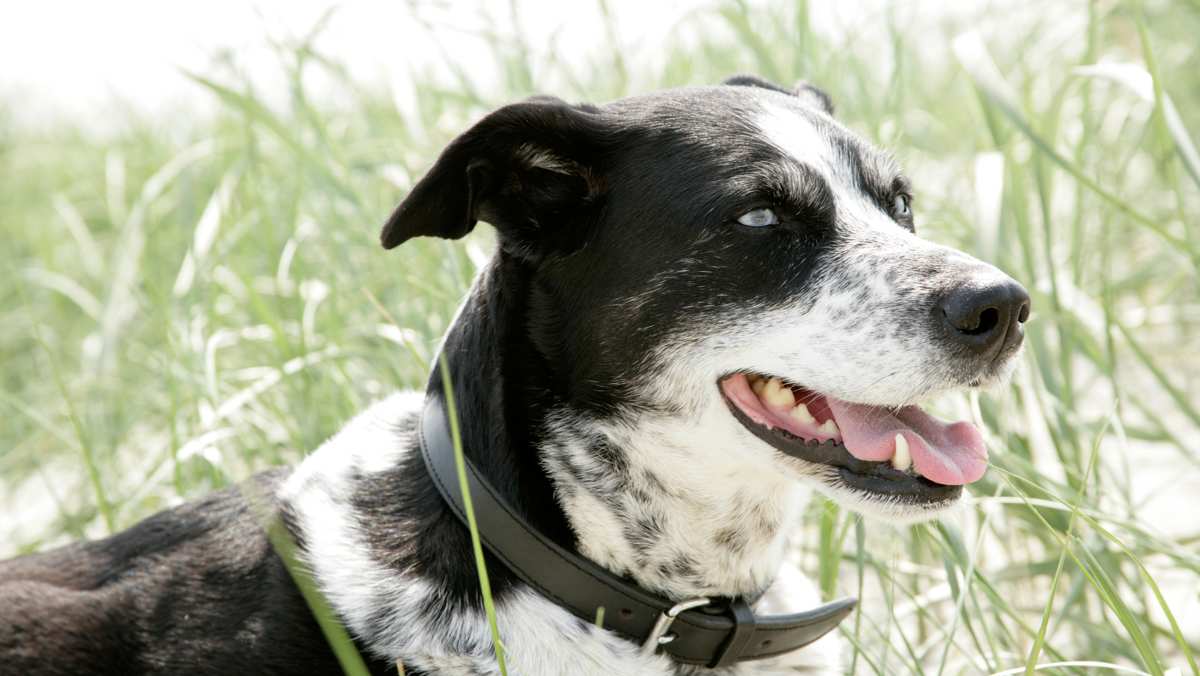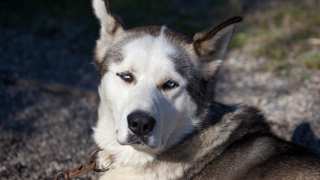Alaskan Husky Breed Details
All Alaskan Huskies are working dogs--and work, they absolutely will. This category of crossbreeds, which is itself included as part of the Spitz breed type, has been developed through the years with the specific intention of creating the best working dog possible, especially in regards to sled-pulling skills. These dogs are affectionate and fairly intelligent, but anyone considering having an Alaskan Husky as a pet will need to devote plenty of time to its training, exercise, and discipline. Despite subtype differences in genetics, most Alaskan Huskies are similar in appearance (medium in size and coat length) and temperament (independent, friendly, and active). Consider these Alaskan Husky dog facts:
PROS:
- Superb work ethic
- Incredibly athletic
- Affectionate
- Sheds minimally (except during semi-annual shedding season)
- Socializes well with other dogs
- Extremely playful and fun-loving
- Fairly easily trained
- Self-cleaning coat; very little "doggie odor," so baths are rarely necessary
- Very stranger-friendly
- Gentle and even-tempered
CONS:
- Fiercely independent
- High tendency to wander
- Extremely high exercise requirements
- Not suited for apartment living
- High fence enclosures required, as these dogs are terrific jumpers
- Not suited for households with cats (tends to see them as prey)
- Adapts poorly to hotter climates
- Can be incredibly expensive to purchase







